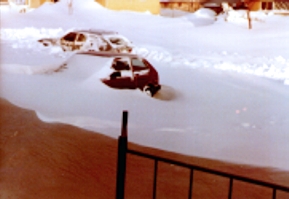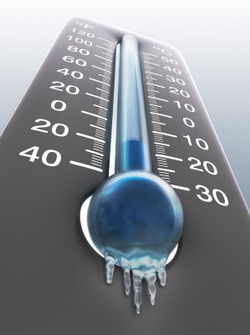
Winter weather in Colorado can be an inconvenience but more than that it can be deadly. Emergency preparedness for major winter storms – as well as for other types of severe weather – is an important part of living in a state where conditions can change wildly from one moment to the next.
To help raise awareness of the need to be prepared for these occasions, the week of October 16th to October 22nd has been proclaimed Winter Weather Preparedness Week in Colorado.
The National Weather Service will be issuing Public Information Statements each day this week to highlight the dangers of winter weather and how best to be prepared. ThorntonWeather.com will be posting these important messages here to help you be prepared. Please take the time to read and heed these messages – your life and the lives of your loved ones could depend on it.
From the National Weather Service:
PUBLIC INFORMATION STATEMENT
NATIONAL WEATHER SERVICE BOULDER CO
600 AM MDT SUN OCT 16 2022
..Winter Weather Preparedness Week in Colorado…
The week of October 16th through October 22nd is Winter Weather Preparedness Week in Colorado. This is an excellent time for all individuals, families, businesses, schools, and media outlets to review their winter storm preparedness plans. It is especially important for all new arrivals to the state to become familiar with the National Weather Service watch and warning definitions, as well as winter safety procedures.
Snow in Colorado is important to the farmers, the ski areas, and for filling up reservoirs. However, winter storms often bring heavy snow, bitter cold air, high winds, low visibilities and slick roads. This can lead to dangerous travel conditions and other life threatening situations such as avalanches and very frigid wind chill temperatures.
To help you prepare for these hazards this coming winter, the National Weather Service will issue statements throughout the week to discuss:
| Intro | Winter Weather Preparedness Week |
| Part 1 | Winter travel safety |
| Part 2 | Watches…warnings…and advisories |
| Part 3 | High winds |
| Part 4 | Wind chill temperatures and hypothermia |
| Part 5 | Avalanche safety |
| Review | Winter Weather Preparedness Week review |


